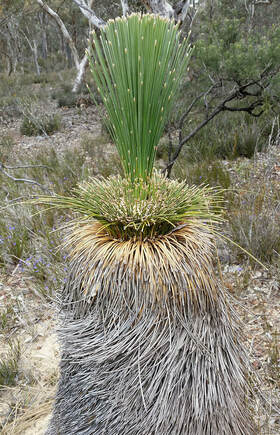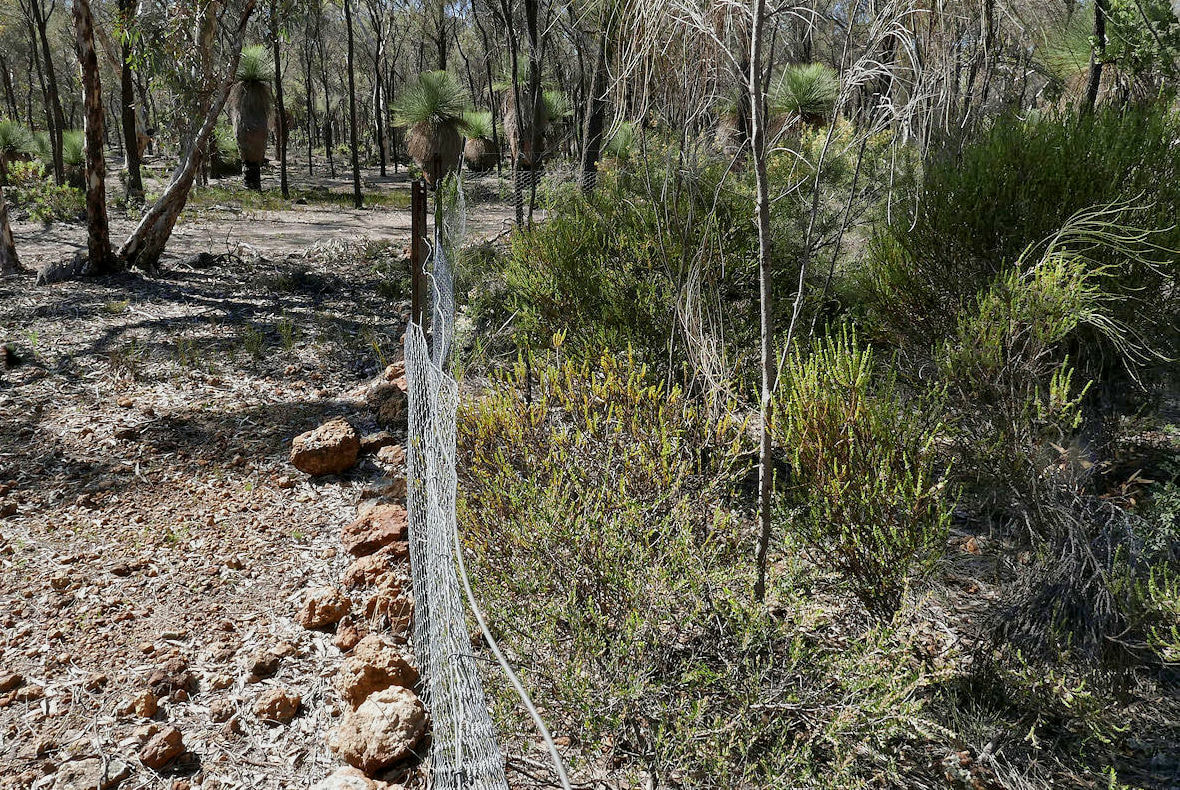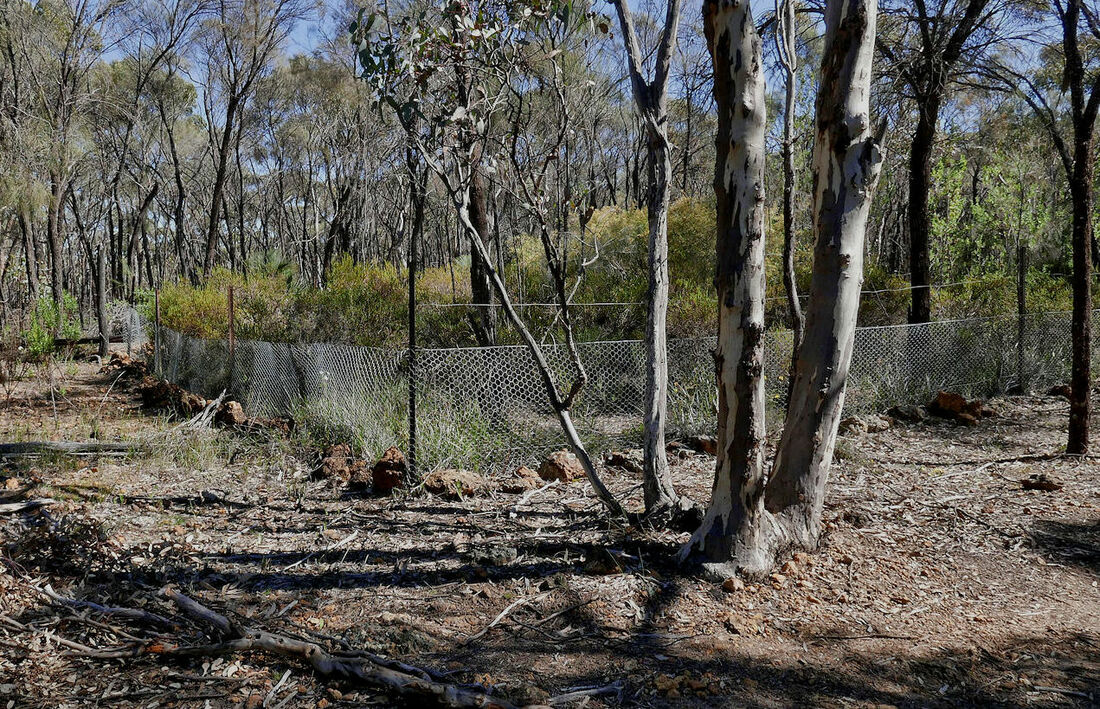Local history accounts and observations in many reserves have made me realise that our so-called ‘natural bush’ is in fact quite modified.
Native animal extinction effects
Over a decade ago I was involved in the closure of redundant roads, and creating new walk trails in Foxes Lair. Gravelly areas regenerated quickly, but others soil areas took many years for plant colonisation. Initially I thought that phosphate contained in gravels was the key but an experiment I carried out by digging holes and observing wetting patterns pointed to water repellence. I also noticed that water repellence caused water erosion on new tracks I created in even the light rains.
I couldn’t understand the benefit of this in the natural landscape until I was reading early settlers’ accounts while doing research for my Vanishing Farms series. We have removed vital links in our natural ecology.
The first link is burrowing animals that used to bury seeds and provide depressions that collect water for seed germination.
“(The Blight family) experienced great difficulty in growing crops owing to the large number of Boodie rats (bandicoots) that devoured the crop in the early stage of growth” (Wolwolling Reflections page 73)
Fire effects
Our bush depends on fire (about every 20 years in this district as a rule of thumb), for the maintenance of an ecologically diverse landscape, and fires were not uncommon on the uplands before farming.
“In the valleys of the gravel hills, a summer fire was an awe inspiring sight. The scrub and litter of years swept by the suction of this inferno of rising heat, flames often rose 50 or 100 feet scattering burning twigs and leaves half a mile in the wind. After the fire the desolation was complete, but when the rains came, the strengthened rejuvenation was unbelievable. Later when the clearing and had brought the grass and stubble of crops we became more fire conscious” (The Way Through page 35).
Hot fire removed water repellence and any competition for new seedlings.
Our scattered reserves need careful burning. A single large hot burn is disastrous because animals in the reserve can no longer escape to another place and if wiped out by fire, and there is no recruitment from neighboring bush. On the other hand, most reserves I see now have upland areas choked with dead timber waiting for the next lightning strike. I gather that local fire brigades do not have the resources or training or time to burn bush areas, so the opportunity for planned burning in reserves (apart from those administered by Parks and Wildlife) is miniscule.
Overgrazing
I got a shock when I found a fenced enclosure on a gravelly upland plain at East Yornaning reserve recently. I had previously thought that the sparse wandoo/sheoak/grass tree was normal, but there larger and several more understorey species inside the enclosure below indicates otherwise.
Overgrazing by the 1930s to 1950s rabbit plague can’t be blamed as this spot was fenced long after that and Gastrolobium poison peas would have killed grazing livestock. From the large kangaroos bounding around this reserve I can only conclude that there are too many of them here.

History tells me that dingos were common here when settlers first arrived and were around until the 1920s, so these kangaroos now have no natural predators (apart from cars on the road!).
Unfortunately most humans have lost contact with nature, and do not realise that evolution is driven by competition, where most young die annually by predation to avoid overpopulation, and nature corrects any imbalance in population in often nasty ways. A couple of times kangaroos in Foxes Lair were blinded by a virus-borne virus that spreads when populations increase. They would have starved to death if not euthanized. Similarly, the enormous breeding capacity of our marsupials is driven by them taking advantage of good seasons after much of the population had died during droughts
Human rulers prefer to use war to cull the young, weak, and poor.
Recently I noticed that Commodine Nature Reserve is notable for interestingly trimmed grass trees that reminded me of a Ring-neck parrot plague decades ago: Then it was so bad that they killed plants.
I am thinking of putting a few small enclosures in Foxes lair to monitor the difference.
To quote guru Greg Durell, “Natural is what you see on the day”

